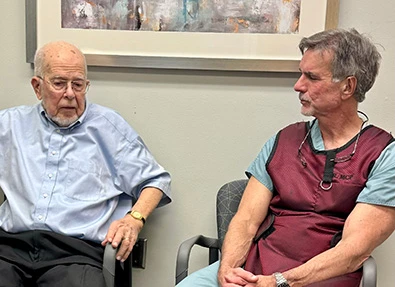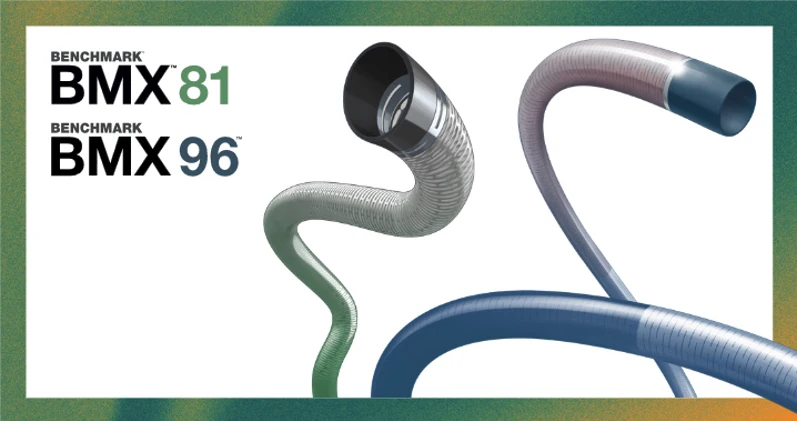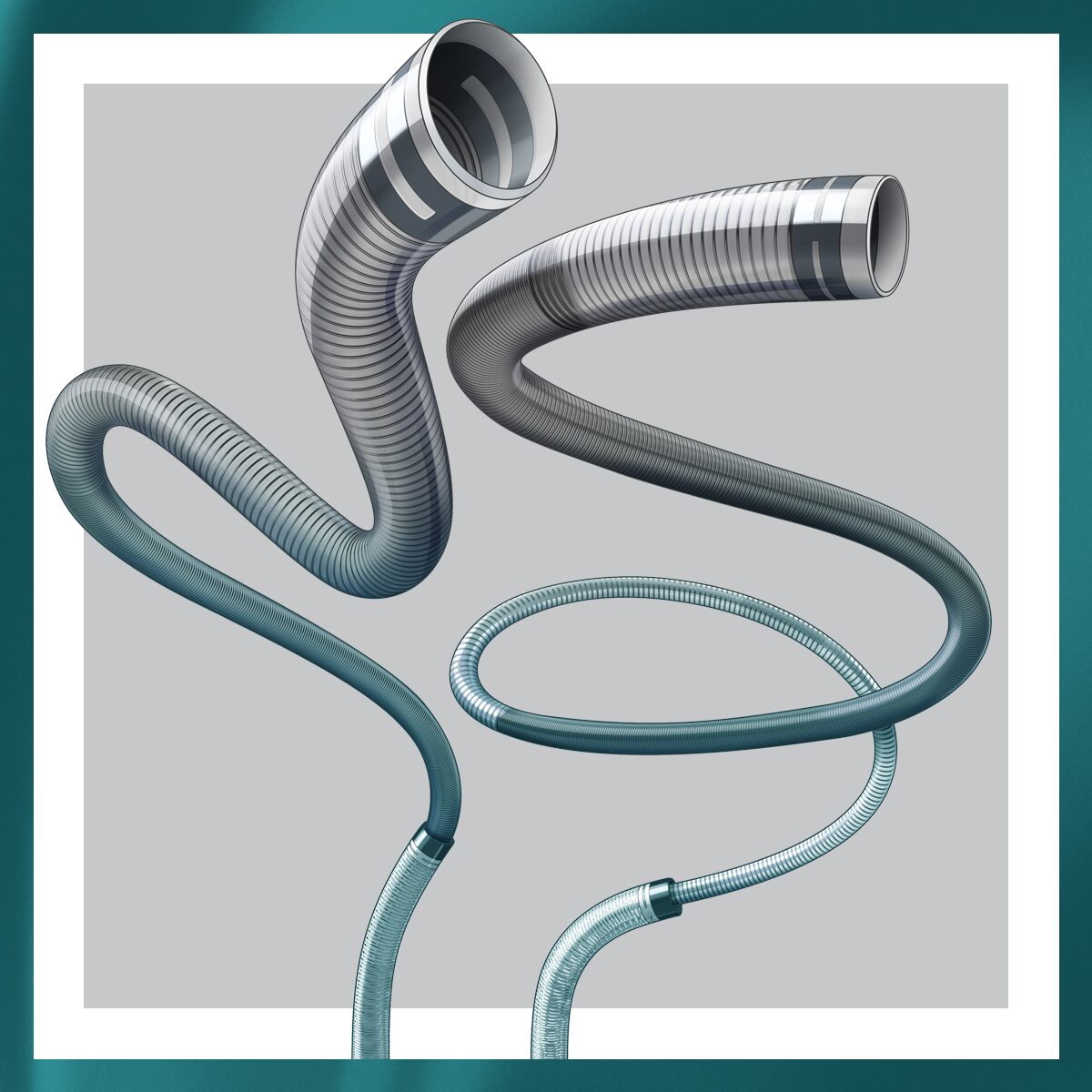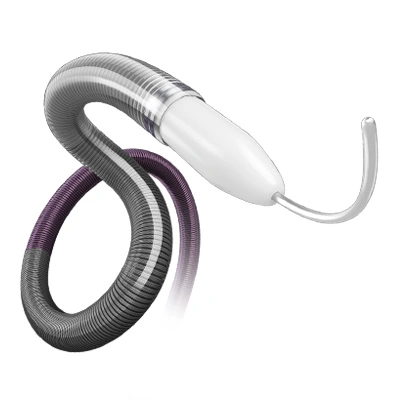
James “Pete” Spitzkeit, a retired United Methodist minister who turns 102 in December, says he never expected to live to 100 years old. “I just kept living,” he said. While his longevity impresses most people he meets, it was his recent recovery from a stroke that awed his medical team at St. Dominic’s Comprehensive Stroke Center in Jackson, MS.
“We were surprised,” said Scott McPherson, MD, the vascular and interventional radiology physician who successfully removed the source of the stroke – a blood clot that had lodged in a posterior artery of Pete’s brain.
“Once a person gets into their nineties, even if the procedure goes well, the patient often does not. It’s not just about getting the clot. The brain has to recover. His brain recovered like that of a 70-year-old,” said Dr. McPherson. “That’s a testament to him. He’s a vibrant guy.”
Pete’s Story
The morning of his stroke, Pete said he was at home, hosting a friend for their weekly Thursday visit. He remembers exiting the kitchen with coffee in hand and then slowly crumpling to the ground and passing out. When he awoke minutes later, his friend and wife, Virginia, told him an ambulance was on its way.
Once at the hospital, Dr. McPherson, who is also the stroke center’s co-medical director, said Pete presented with right-sided weakness and vision loss. The center’s stroke team sprang into action, conducting an extensive panel of tests and prepping Pete for mechanical thrombectomy, a minimally invasive procedure in which an aspiration catheter is inserted into the femoral artery and then tracked to the clot in the patient’s brain.
For Pete’s procedure, Dr. McPherson said he used a combination of Penumbra’s RED® 43 and RED 62 Reperfusion Catheters to remove the clot. “We were able to retrieve it in one pass,” he said. “The next day he was close to asymptomatic.”
Pete said he was surprised that the stroke did not cause a significant disability. “I’ve had friends who have had strokes who can’t use a leg, or an arm and their speech is affected,” he said. Pete went to a rehabilitation center for physical therapy only so he would be in tip top shape when he went home and be able to take care of his wife.
One of Pete’s goals is to resume walking a mile a few days a week. “I’m not a sedentary person. I can spend 45 minutes at the computer, but then I have to get up and move around,” he said.
BE FAST
More than 795,000 people experience stroke in the United States each year. It is a leading cause of death in the United States and is a major cause of long-term disability for adults.
Knowing the signs of stroke is key to successful patient outcomes. The acronym BE FAST can help individuals identify key signs of stroke:
• Balance: loss of balance or coordination, trouble walking
• Eyes: decreased vision, double vision, or total loss of vision
• Face: muscle weakness on one side of the face that causes it to droop
• Arm: muscle weakness in the arm or leg
• Speech: trouble speaking or understanding others who are speaking
• Time: Call 9-1-1 immediately upon experiencing any of the outward symptoms listed above. Even if only one of these symptoms appears or if symptoms appear intermittently or go away altogether.
Getting to the emergency room is just the first step in the patient journey. When a stroke occurs, every minute counts – nearly 2 million brain cells die every minute a severe stroke goes untreated. With early intervention and access to advanced stroke treatments such as mechanical thrombectomy and other minimally invasive procedures, blood flow to the brain can be restored quickly and patients’ chances of living full, independent lives upon recovery significantly increases.
Important Safety Information
Additional information about Penumbra’s products can be located on Penumbra’s website at https://www.penumbrainc.com/products/red-reperfusion-catheters/. Caution: Federal (USA) law restricts these devices to sale by or on the order of a physician. Prior to use, please refer to Instructions for Use for complete product indications, contraindications, warnings, precautions, potential adverse events and detailed instructions for use. Risk information can be found at peninc.info/risk.
The clinical results presented herein are for informational purposes only, and may not be predictive for all patients. Individual results may vary depending on patient-specific attributes and other factors.
Sources:
Centers for Disease Control and Prevention. Stroke Facts. https://www.cdc.gov/stroke/data-research/facts-stats/. May 15, 2024. Accessed: June 7, 2024.
National Institutes of Health. Stroke – Assess and Treat. https://www.ninds.nih.gov/health-information/stroke/assess-and-treat. Last reviewed: May 20, 2024. Accessed: June 7, 2024.
Related Articles
-
 Health
HealthLatest STRIKE-PE Data Published in JVIR Showing that Penumbra’s Computer Assisted Vacuum Thrombectomy Technology For Pulmonary Embolism Improved Patient Outcomes
June 25, 2024 -
 Health
HealthPenumbra Announces European Launch of its Most Advanced Neuro Access Offerings: BMX81 and BMX96
June 17, 2024 -
 Health
HealthPenumbra Launches Latest Innovations in Neuro Embolization Intervention: MIDWAY™ Intermediate Catheters
May 7, 2024 -
 Health
HealthPenumbra Expands Stroke Portfolio in Europe
May 7, 2024
